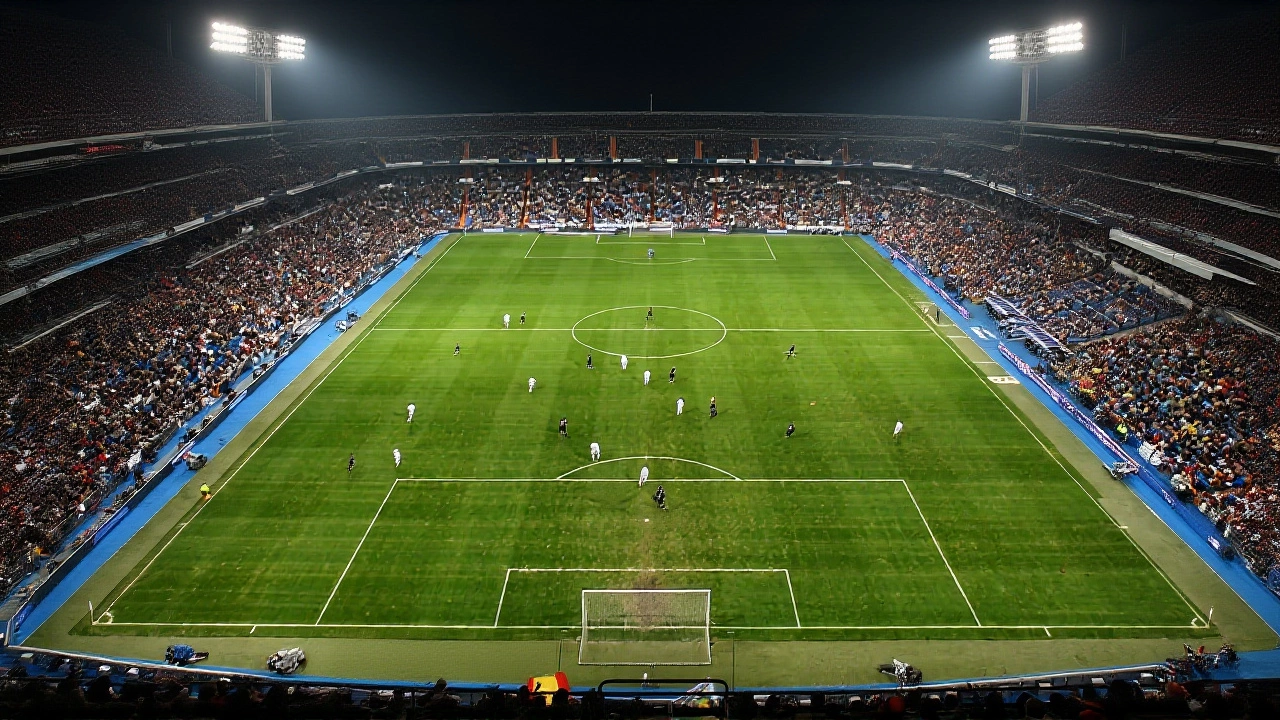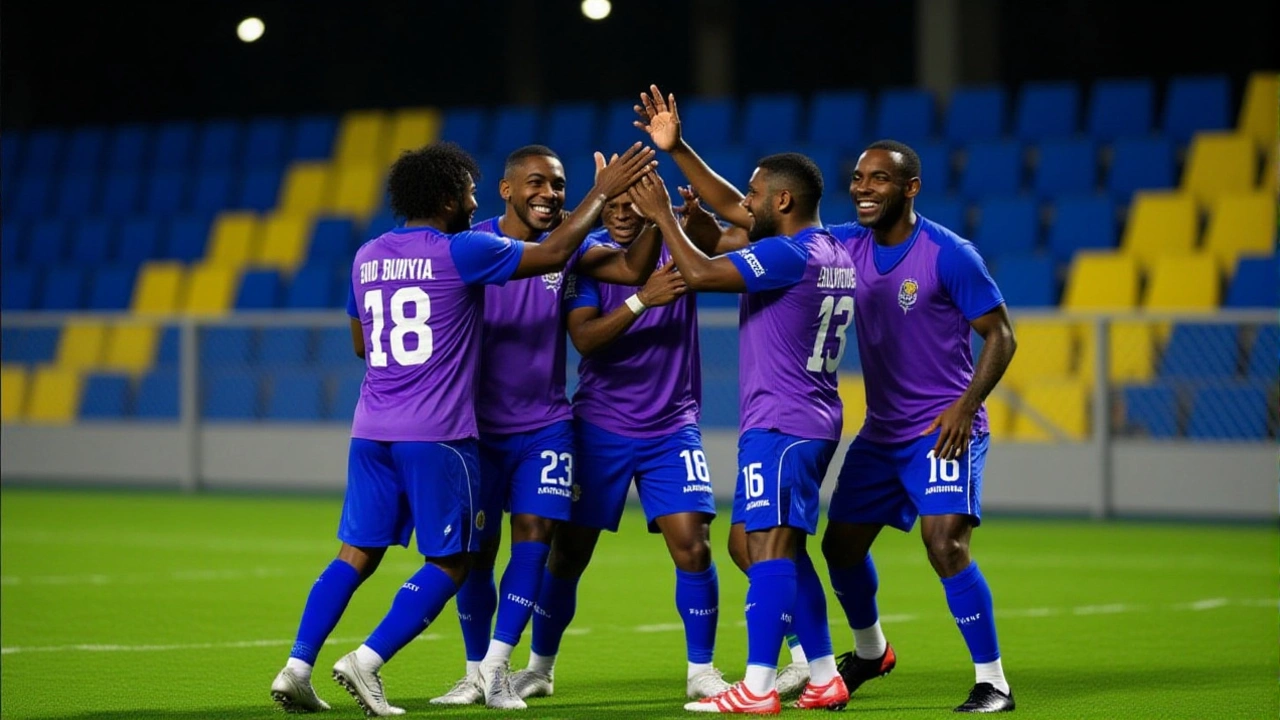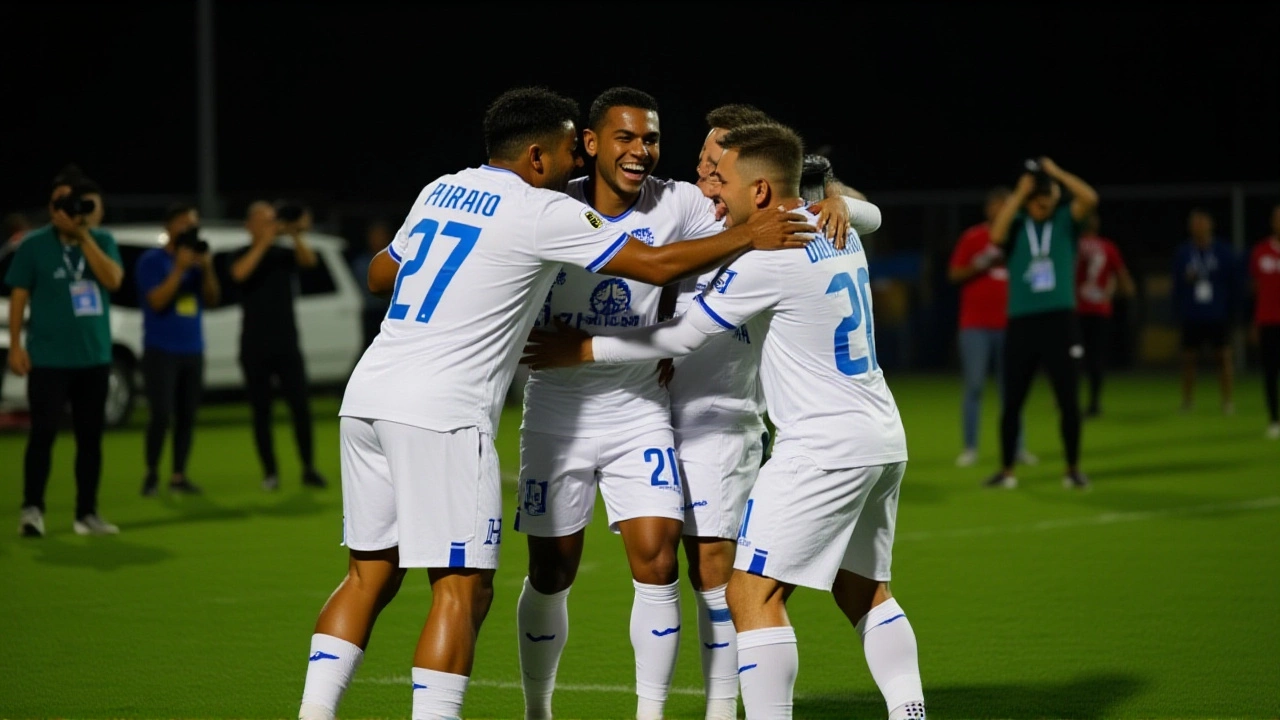It ended not with a goal, but with silence. On the final matchday of CONCACAF’s 2026 FIFA World Cup qualifyingEstadio Nacional de Costa Rica in San José, Costa Rica and Honduras played out a 0-0 draw that killed both their World Cup dreams. No goals. No heroics. Just 90 minutes of tension, missed chances, and the slow realization that, after years of hope, neither team would be heading to the 2026 FIFA World Cup. The final whistle blew at 20:50 local time — and with it, the end of an era for two footballing nations that once ruled Central America.
When the Dream Died
Before kickoff, the math was simple: Costa Rica needed a win to have any chance. Honduras, sitting second in Group C with nine points, just needed a draw to stay alive. But even a win wouldn’t have been enough — Haiti, with 11 points, had already locked up top spot. So the real question wasn’t who advanced. It was who would be left behind. And now, both were.
Keylor Navas, 38, stood between the posts for Costa Rica, his 159th international appearance. He made two critical saves — one off Marlon Ramirez’s curling left-footed shot in the 57th minute — that kept the scoreline clean. But the story wasn’t about him. It was about what he couldn’t do: score. Costa Rica’s attack, once feared across the region, had gone 420 minutes without a goal in qualifying. Honduras, meanwhile, had lost its last three matches, yet still clung to hope. Neither side had the spark.
The Numbers That Killed Them
Here’s how it broke down:
- Haiti: 11 points (3-2-1), +3 goal difference — qualified directly
- Honduras: 9 points (2-3-1), +3 goal difference — eliminated
- Costa Rica: 7 points (1-4-1), +2 goal difference — eliminated
- Nicaragua: 4 points (1-1-4), -8 goal difference
Costa Rica had started the qualifying cycle with 12 points from their first four games. They won only once in their final two. Honduras, once a World Cup regular (2010, 2014, 2018), had slipped from third to second in the group — and still didn’t make it. The group’s top two qualified. That’s it. No third-place playoffs. No mercy.
A Rivalry That Hurt More Than It Healed
The Clásico Centroamericano — as the CONCACAF Third Round qualifiers dubbed it — is one of the fiercest rivalries in the region. Fans from both sides travel in droves. Buses are boarded with flags, drums, and chants that echo for miles. But this wasn’t about pride. It was about survival.
"A classic Central American rivalry has rarely had more at stake," said the CONCACAF Highlights broadcast. "The dream is over for both of these nations."
And it was. The crowd in San José — 35,175 strong — went quiet after the final whistle. No boos. No cheers. Just stunned silence. In the stands, an elderly man in a Costa Rica jersey sat with his hands on his head. A teenager in Honduras’ red jersey cried into his scarf. This wasn’t just a loss. It was the end of a generation’s hope.

What Happens Now?
Neither team qualifies directly. But there’s still a sliver of hope: the CONCACAF-UEFA playoff in March 2026. The format isn’t finalized, but it’s expected to pit the third-place finishers from CONCACAF against teams from UEFA. Costa Rica and Honduras will likely be among the candidates. But they’ll need to win two more knockout games — one away, one at home — to even reach the World Cup. The odds? Roughly 1 in 5.
"It’s not over until the final whistle," said former Honduras captain Amado Guevara in a post-match interview. "But this? This feels like the end of something bigger."
The Cost of Missing Out
Missing the World Cup isn’t just emotional — it’s financial. FIFA allocates $11 million to each participating team just for showing up. Add performance bonuses, sponsor payouts, and broadcast rights, and the total value for a team that makes it to the group stage can exceed $40 million. For Costa Rica and Honduras, that’s gone. Schools, youth academies, and national training centers funded by World Cup revenue will now face cuts. The CONCACAF headquarters in Miami won’t feel it. But in Tegucigalpa and San José, the ripple effects will last years.

Why This Feels Different
Costa Rica reached the quarterfinals in 2014. Honduras made it to the group stage in 2010 and 2014. Both were once considered automatic qualifiers. Now? They’re fighting just to stay relevant. The rise of Panama, the emergence of Jamaica, and Haiti’s surprising surge have changed the landscape. And the old guard — players like Navas, Celso Borges, and Romell Quioto — are aging out.
There’s no single villain. No scandal. No refereeing error. Just a team that couldn’t finish, a coach who couldn’t adapt, and a generation that ran out of time.
Frequently Asked Questions
How did Haiti qualify while Honduras and Costa Rica didn’t?
Haiti finished first in Group C with 11 points (3-2-1 record), thanks to a 2-0 win over Nicaragua on the same day. Honduras and Costa Rica both drew 0-0, leaving them with 9 and 7 points respectively. Only the top two teams in each group qualified directly, and Haiti’s superior goal difference and head-to-head results over the final stretch sealed their spot.
Can Costa Rica or Honduras still make it to the 2026 World Cup?
Yes — but only through the March 2026 CONCACAF-UEFA playoff. The third-place finishers from CONCACAF’s three groups will enter a knockout bracket against UEFA teams. Costa Rica and Honduras are likely candidates, but they’d need to win two single-leg matches to qualify. Historically, only one of these playoff teams makes it — making their chances slim, but not impossible.
Why was the 0-0 result so devastating for both teams?
Because neither team could afford a draw. Costa Rica needed a win to have any mathematical chance. Honduras needed only a draw to stay alive — but even that wasn’t enough because Haiti won their match. The result meant both were eliminated simultaneously, turning a rivalry into a shared tragedy. It’s rare for two traditional powerhouses to be knocked out together — and even rarer that they do it by playing to a scoreless draw.
What does this mean for youth football in Central America?
The financial hit is severe. FIFA’s $11 million payout per team supports grassroots programs, coaching licenses, and stadium upgrades. With no World Cup revenue, funding for academies in Costa Rica and Honduras will shrink. Coaches report fewer kids signing up for soccer camps — the dream of playing in the World Cup is fading. Without a new generation of stars emerging quickly, both nations could face a decade-long decline.
Who was responsible for this failure?
There’s no single answer. Costa Rica’s coach, Hernán Medford, was criticized for sticking with aging stars instead of integrating younger players. Honduras’ coach, Reinaldo Rueda, struggled to build cohesion after key injuries. But the real culprit? A system that hasn’t evolved. Both federations rely on short-term contracts, inconsistent youth development, and poor scouting. The problem isn’t one man — it’s a decade of missed opportunities.
How does this compare to past World Cup qualifying failures?
In 2018, Costa Rica missed out by just one point after losing to Panama. In 2014, Honduras barely qualified. But this is the first time since 2002 that both nations have been eliminated together on the final matchday. It’s also the first time since 2006 that neither has reached the World Cup. The last time both failed to qualify was 1998 — and back then, they were rebuilding. Now, they’re falling apart.

